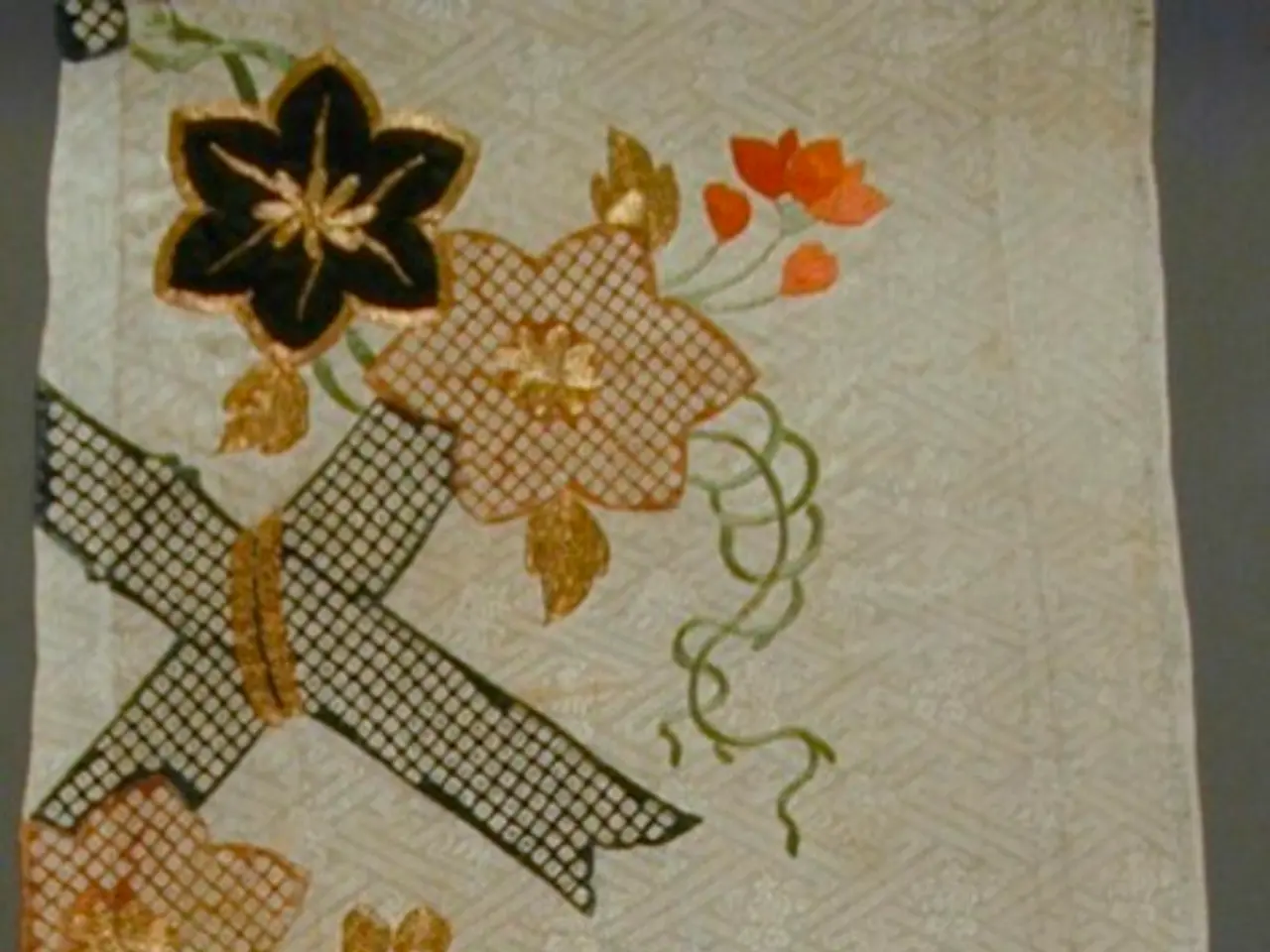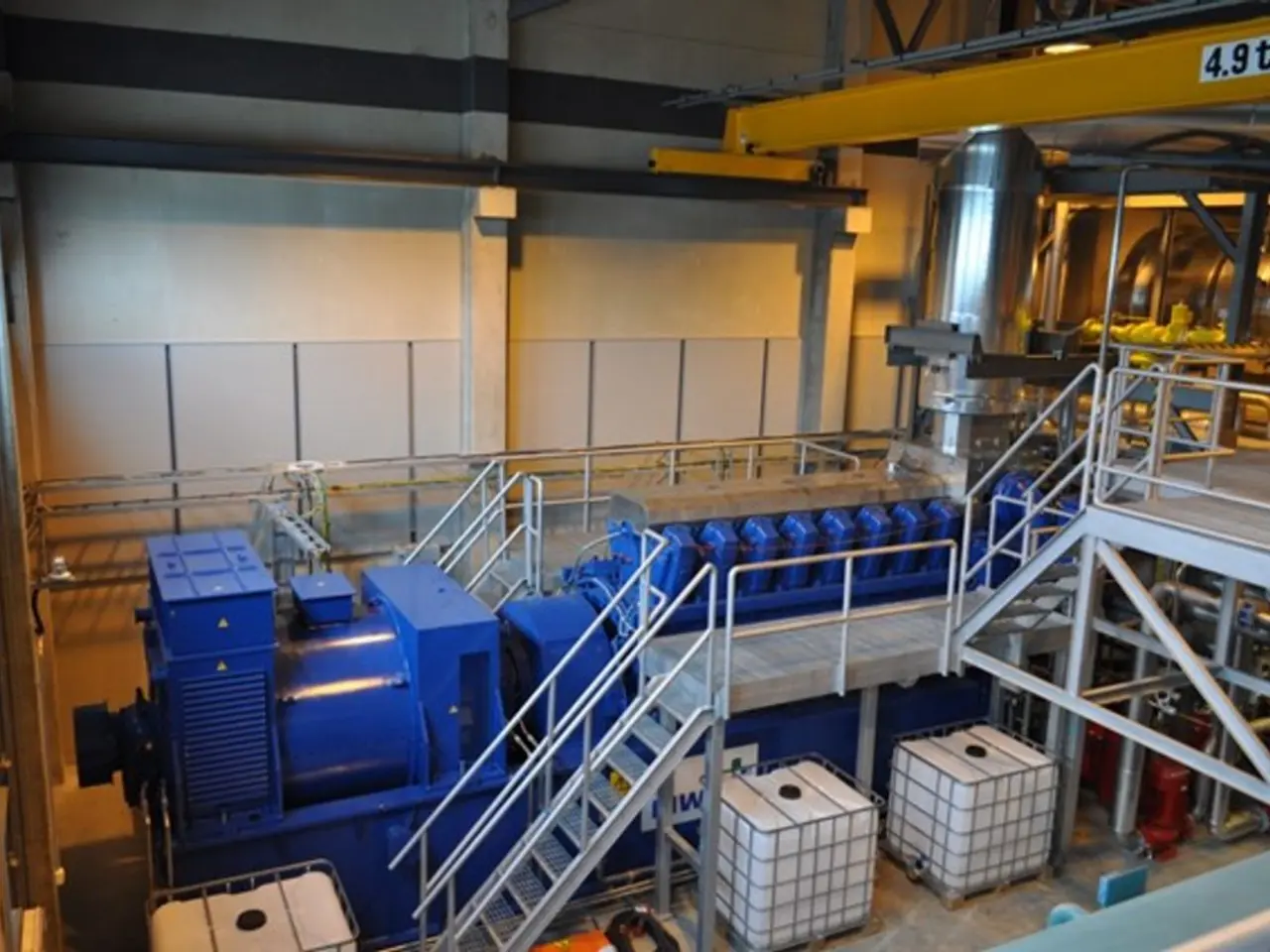Emerging Fashion Trends for 2024: A Daring Mix of Innovation, Aesthetics, and Eco-Friendly Practices
In 2024, the fashion world is undergoing a significant transformation, with a focus on creating a more sustainable, ethical, and inclusive environment. This shift is driven by consumer demand, technological innovation, and the urgent need to address environmental concerns. Here's a roundup of the major trends, key technologies, consumer preferences, and emerging innovations shaping the sustainable fashion sector.
## Major Trends
1. **Regenerative Agriculture**: Brands are increasingly embracing regenerative farming practices, which not only promote sustainable farming but also aim to restore soil health, increase biodiversity, and sequester carbon. This approach results in materials with a lower environmental footprint and greater resilience.
2. **Circular Economy Models**: The fashion industry is moving towards a circular economy, with a growing emphasis on rental, resale, and recycling. Closed-loop manufacturing systems, where materials are continuously reused and recycled, are becoming more prevalent, minimising waste and conserving resources.
3. **Digital Product Development (DPD)**: Digital sampling and virtual prototyping are revolutionising the fashion industry, allowing brands to design and refine garments without physical samples, thereby significantly reducing fabric waste and carbon emissions.
4. **Gender-Inclusive and Size-Inclusive Fashion**: Apparel is being designed for a broader range of body types and identities, reflecting changing consumer expectations.
5. **Localized and Small-Batch Manufacturing**: Faster, localised production is reducing overproduction, excess inventory, and shipping-related emissions.
## Key Technologies
1. **AI and Automation**: Artificial intelligence is being utilised for design, inventory management, and consumer personalization. Automation in textile manufacturing, including 3D knitting and AI-driven production, improves efficiency and reduces waste.
2. **Blockchain for Transparency**: Blockchain technology is being integrated to provide greater supply chain transparency, ensuring ethical sourcing and sustainable practices.
3. **Eco-friendly Materials**: Innovations in bio-based materials, recycled fibres, and lab-grown textiles are expanding the range of sustainable options available to consumers.
4. **Smart Fabrics**: Fabrics that monitor health or change colour based on environmental conditions are becoming more common, adding value and functionality to sustainable apparel.
5. **Renewable Energy in Production**: More textile manufacturers are incorporating solar and wind energy into their facilities, reducing reliance on fossil fuels.
## Consumer Preferences
1. **Demand for Sustainable Practices**: Over 70% of consumers prefer brands with sustainable practices, and nearly 60% are concerned about ethical labour in fashion.
2. **Digital and Direct-to-Consumer Channels**: Online shopping is prevalent, with consumers seeking convenience, personalisation, and digital experiences like virtual try-ons.
## Emerging Innovations
1. **Microplastic-Free and Biodegradable Materials**: Brands are moving towards materials that do not shed microplastics and are biodegradable, further reducing the environmental impact of clothing.
2. **Eco-Friendly Packaging**: Sustainable packaging solutions are being adopted across the industry to minimise plastic waste.
3. **Digital Fashion and Virtual Try-Ons**: The rise of digital garments and virtual fitting rooms is transforming online retail and reducing returns.
4. **Virtual Fashion in the Metaverse**: Virtual fashion is growing rapidly in the metaverse, seen as a form of self-expression and a sustainable solution to overproduction in physical fashion.
5. **Virtual Clothing as NFTs or In-Game Assets**: Consumers can now purchase and showcase high-end fashion without contributing to textile waste, as virtual clothing is being sold as NFTs or in-game assets.
In 2024, the fashion landscape is brimming with exciting possibilities for those looking to make a statement with their clothing choices. Many brands are blending style with activism, using their platforms to advocate for causes such as environmental protection, racial equality, and gender inclusivity. The future of fashion is one that embraces both the beauty of creativity and the responsibility of caring for the planet.
Augmented Reality (AR) technology is being used in shopping experiences, allowing customers to virtually try on clothes and reducing the need for returns. The rise of virtual fashion is not only a form of self-expression but also a sustainable solution to overproduction in physical fashion. As we move forward, it's clear that the fashion industry is committed to creating a more responsible, innovative, and consumer-focused future.
- With the establishment of vintage, eco-friendly clothing lines, the fashion-and-beauty sphere is merging style with sustainability, demonstrating a commitment to environmental concerns.
- In line with the trend towards tech-driven innovation, some fashion brands are integrating smart fabrics into their designs, creating clothing pieces that are not only fashionable but also equipped with technological features.




